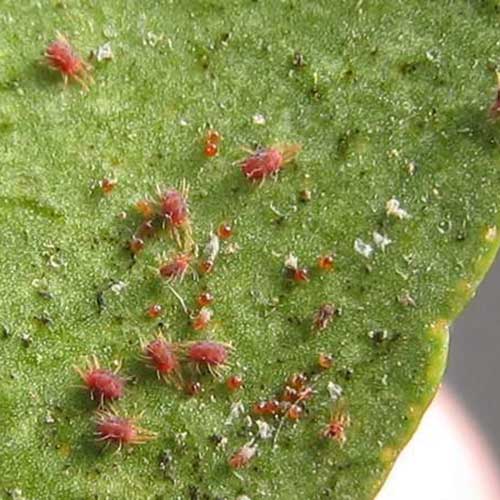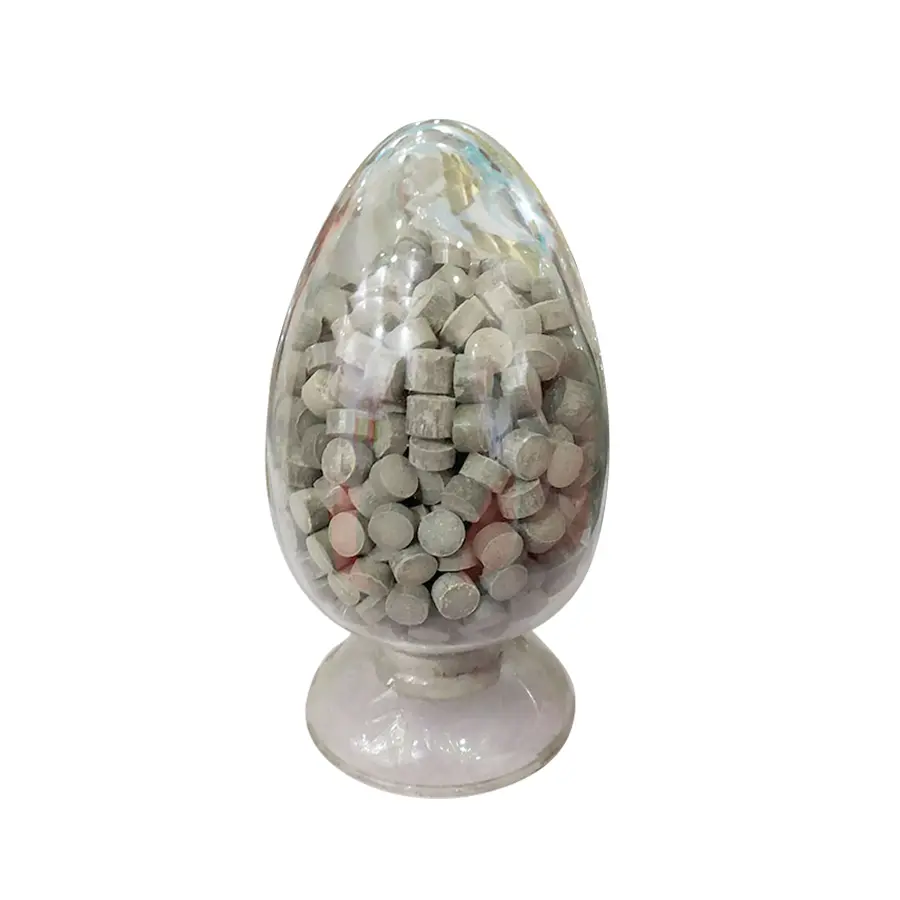bed bugs Pest Control (1)
Introduction of bed bugs
Bed bugs experience an incomplete metamorphosis, meaning their young stage—called a nymph—looks much like the adult but is smaller and not yet capable of reproduction. Their eggs are small, oval, white, and about 1/16 inch (about 0.6 cm) long. They hide in hidden places, such as cracks in walls, floors, beds, or furniture. At normal room temperatures, the eggs usually hatch into nymphs within 5 to 10 days.
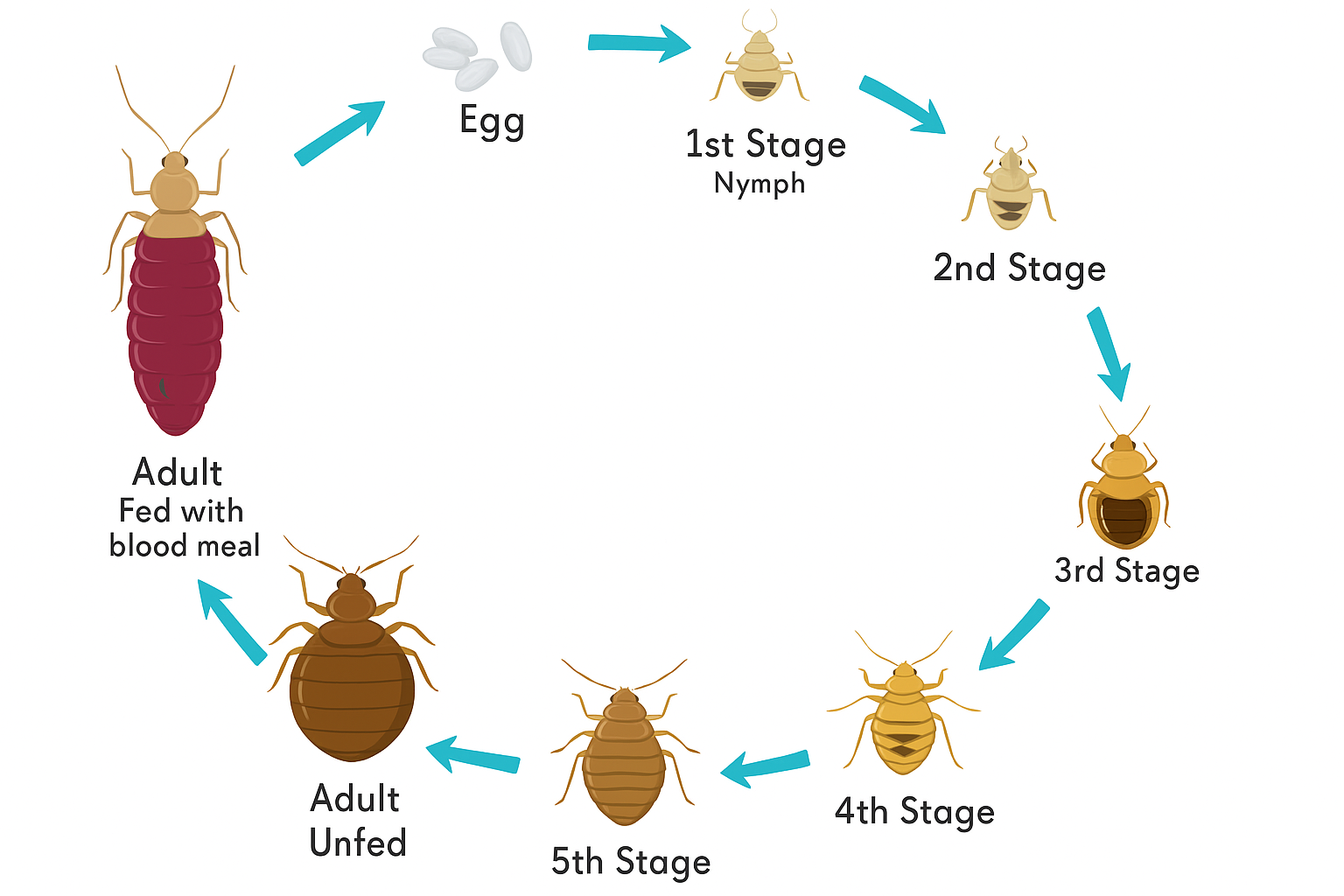
Despite their small size, they live astonishingly dramatic lives. Each bed bug nymph goes through five growth stages, or “instars,” shedding its skin after every blood meal. Imagine this: a tiny vampire that molts its armor after every feast! In warm rooms, bed bugs complete this cycle in just a few weeks, but when food is scarce or the weather cools, they slip into survival mode—waiting quietly for months, even a year, for the perfect moment to strike again.
The blood meal is when bed bugs truly reveal their hidden talents. Both nymphs and adults use a sharp, straw-like mouthpart, called a stinger, to pierce your skin while you sleep and silently suck blood. Adults are about 1/4 inch (0.6 cm) long, with a flat, oval, reddish-brown body, long legs, and no wings—perfect for hiding in cracks and crevices. Within 10 to 15 minutes, they’re completely satiated with blood and then withdraw to digest.
Female bed bugs need blood to lay eggs, producing up to five a day and more than 500 in a lifetime. Combine that with their legendary endurance—they can survive over a year without food—and you’ll see why bed bug control is one of the toughest pest challenges out there.
Habitat of bed bugs
Bed bugs are master hiders in any home or hotel. During the day they disappear into the tiniest cracks and seams, only to re-emerge at night when lights are off and movement slows. Guided by the carbon dioxide you exhale, your body heat and moisture, these pests easily locate their next victim.
They prefer to feed on exposed skin—face, neck, arms, hands—often while the person sleeps, completely unaware. Thanks to their saliva containing both anesthetic and anticoagulant compounds, their bite goes unnoticed until later. Then you’ll see the result: small itchy welts or bumps. After feeding, they leave behind tiny reddish-black stains—fecal spots—on your mattress, bed sheets or furniture—classic signs of a bed bug infestation that you shouldn’t ignore when looking into bed bug treatment.
Bed bugs don’t just live in bed frames—they thrive on porous surfaces such as wood, fabric, paper, even stone or metal. If you’re dealing with a bed bug problem, inspect mattress seams, bed frames, nightstands, drawers, picture frames, wall cracks, and under loose wallpaper—basically anywhere close to where people sleep. These are the hotspots for hidden pests.
Despite their size, bed bugs are surprisingly mobile. They can crawl quickly from room to room, spreading through walls and floors in apartments, hotels or offices. Long-distance transfer is common: infested furniture, used mattresses, luggage or packaging can carry these pests to new homes. If you’re searching for “how to get rid of bed bugs” or “bed bug prevention tips”, keep in mind that a single suitcase or sofa can spark a new colony.
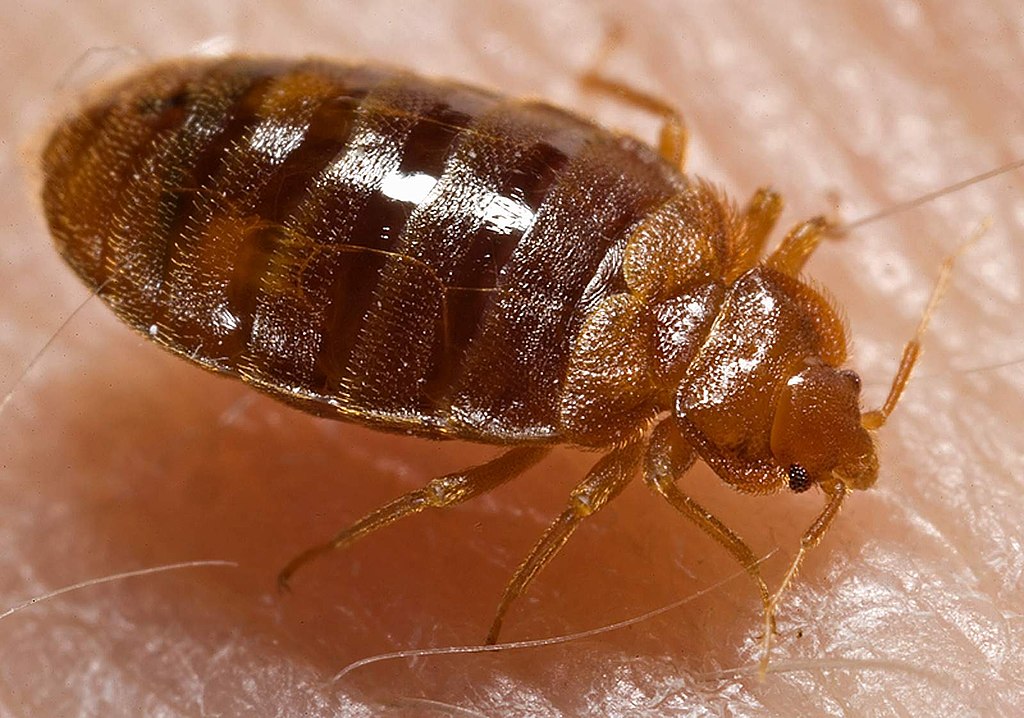
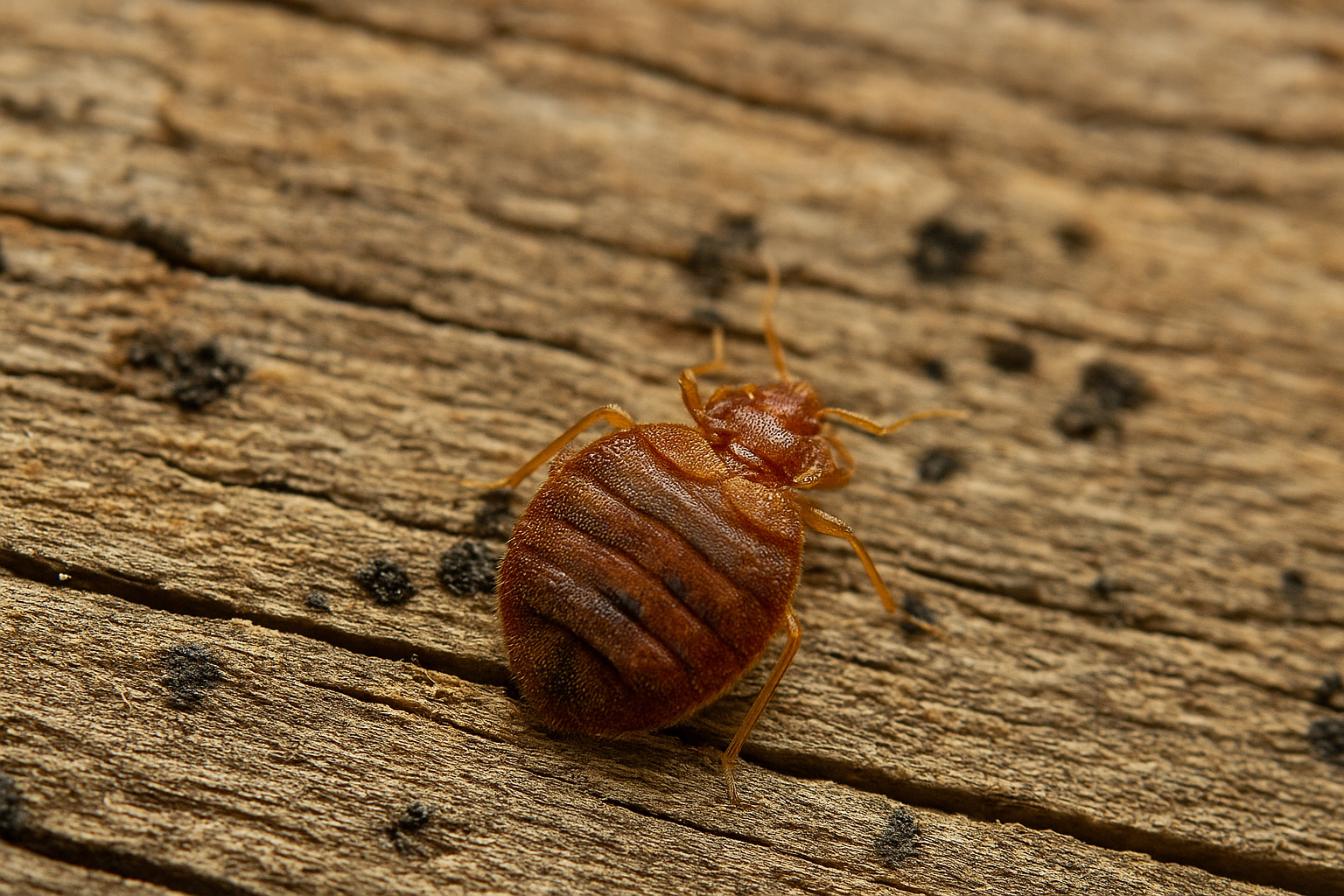
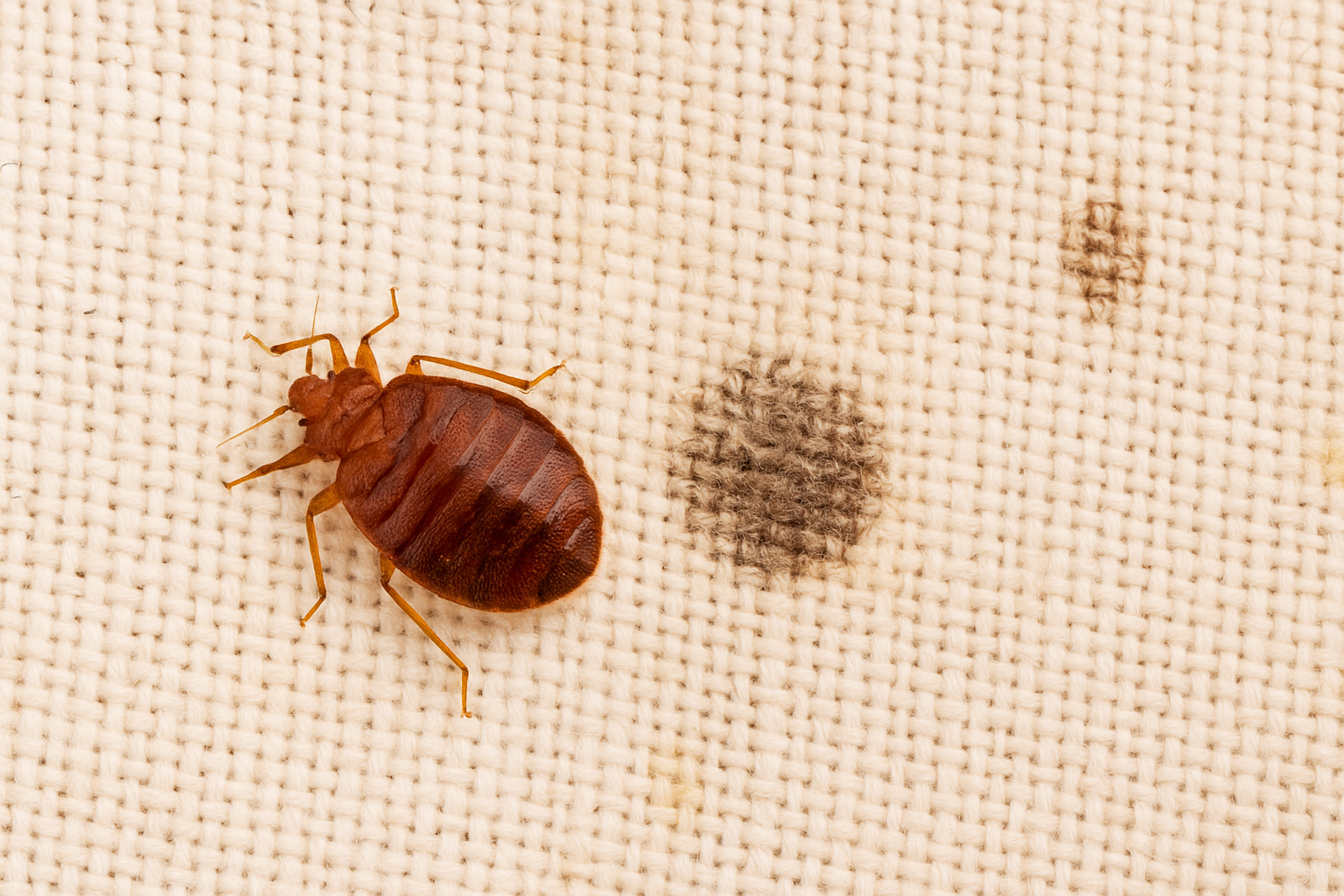
Why are bed bugs so annoying?-yougebiotech has the answer!
Think monsters only come out at night in stories? Think again. Bed bugs are the real midnight villains—small, silent, and shockingly persistent. They slip out from the shadows just as you drift to sleep, leaving behind tiny bites and big frustration. These sneaky hitchhikers travel the world in your suitcase, your sofa, even your favorite hoodie. They don’t need much to survive—just one meal every few months—and can vanish into cracks you didn’t even know existed. That’s what makes them infuriating: they’re invisible until it’s too late. Bed bugs don’t just steal your comfort; they steal your peace of mind, one sleepless night at a time.

